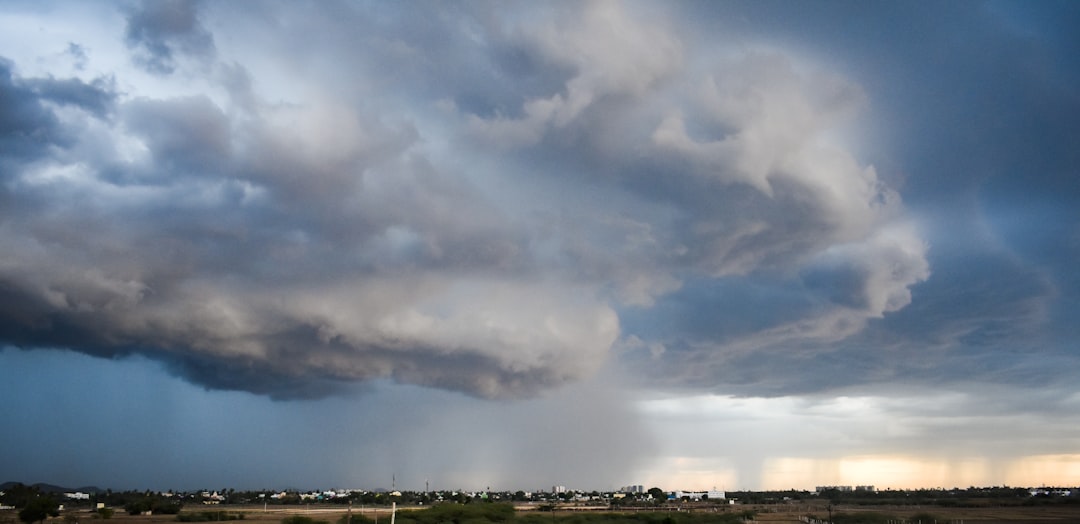What is it about?
This paper compares integrity of endothelial cells in healthy vs. smoke inhalation injured lungs. The paper finds that endothelial cells were severely damaged in smoke injured lungs compared to normal endothelial cells in the healthy lungs.
Featured Image

Photo by Andrew Gaines on Unsplash
Why is it important?
During fire accidents, victims are not only injured by direct contact with flames but by smoke inhalation which can damage the lung. After smoke inhalation injury, lungs can get infected by bacteria resulting in a life-threatening systemic infection called sepsis. If not treated correctly, sepsis is one of the main causes of death in the intensive care units. The blood vessels are made of endothelial cells that are negatively affected by the adhesion of neutrophils. The presence of a fragile vascular wall structure called endothelial glycocalyx made of various proteins including syndecan-1, on healthy blood vessels prevents adhesion of the neutrophils to the vascular endothelial cells. When this structure is damaged, the neutrophils start to randomly adhere to the endothelial cells and components of glycocalyx including extracellular portion of syndecan-1 protein that shed from the surface of the endothelial cells and freely circulate in the blood. These events trigger inflammation in the blood vessels thus damaging the cells and organ tissues.
Perspectives
Our results also demonstrate that administration of hyaluronic acid increased survival of septic animals lacking syndecan-1 protein, suggesting that shed components of the glycocalyx such as Syndecan-1 significantly contributes the severity of the morbidity and mortality due to smoke inhalation injury, whereas they exert a protective effect while positioning intact on the surface of endothelial cells. Our studies suggest that therapeutic modalities neutralizing/removing these shed glycocalyx components may be considered as a potential treatment option for patients smoke inhalation injury complicated with sepsis.
Dr. Tuvshintugs Baljinnyam
UTMB
Read the Original
This page is a summary of: High molecular weight sodium hyaluronate improves survival of syndecan-1-deficient septic mice by inhibiting neutrophil migration, PLoS ONE, April 2021, PLOS,
DOI: 10.1371/journal.pone.0250327.
You can read the full text:
Contributors
The following have contributed to this page










